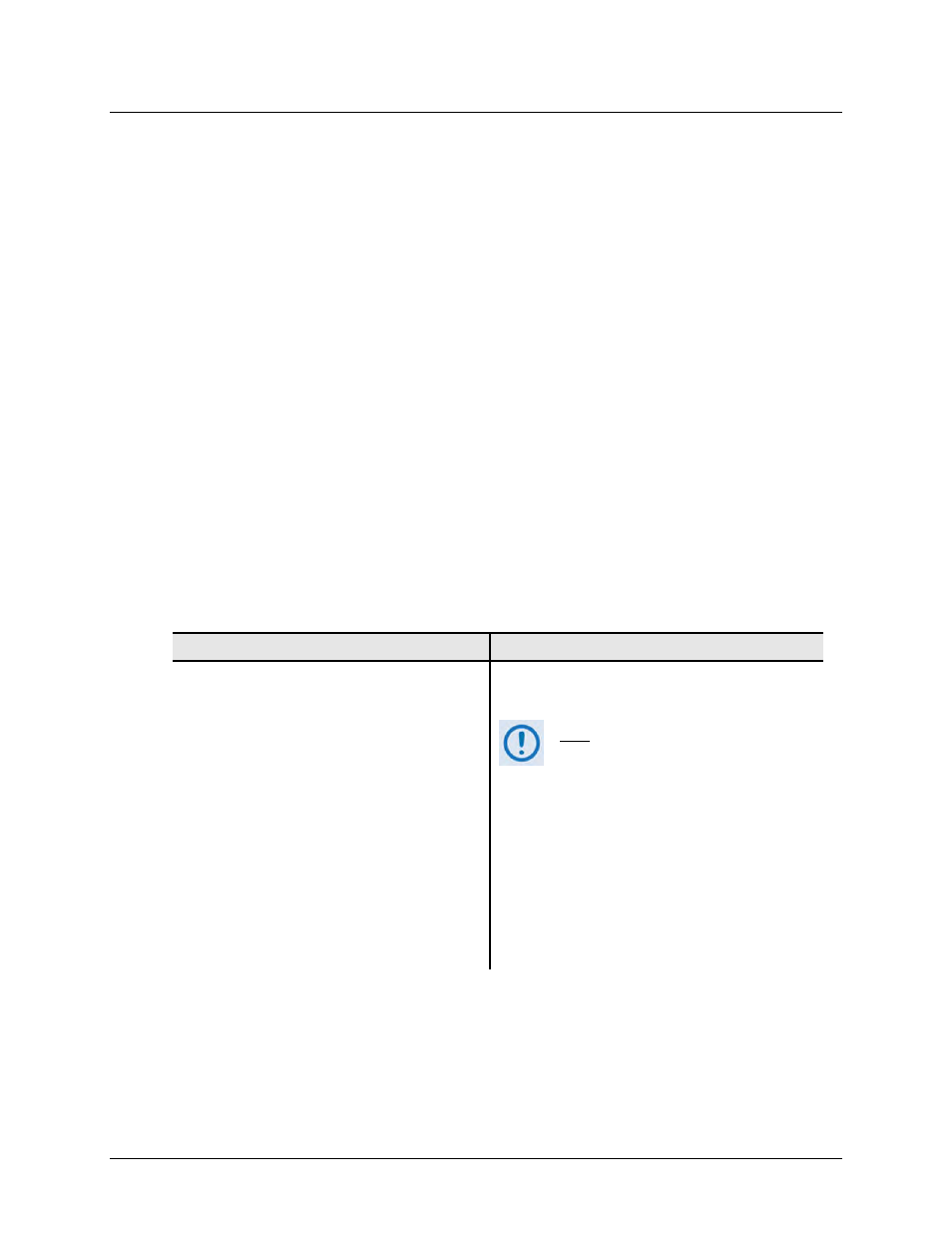B.2 viterbi – Comtech EF Data CDM-625A User Manual
Page 538

CDM-625A Advanced Satellite Modem
MN-CDM625A
Appendix B
Revision 3
B–2
B.2
Viterbi
In the 1990s, the combination of convolutional coding and Viterbi decoding was an almost
universal standard for satellite communications. The CDM-625A complies with the Intelsat IESS
308/309 standards for Viterbi decoding with a constraint length of seven. This is a de facto
standard, even in a closed network environment, which means almost-guaranteed
interoperability with other manufacturer’s equipment. It provides useful levels of coding gain,
and its short decoding delay and error-burst characteristics make it particularly suitable for low
data rate coded voice applications. It has a short constraint length, fixed at 7, for all code rates.
(The constraint length is defined as the number of output symbols from the encoder that are
affected by a single input bit.)
By choosing various coding rates (Rate 1/2, 3/4 or 7/8) you can trade off coding gain for
bandwidth expansion. Rate 1/2 coding gives the best improvement in error rate, but doubles
the transmitted data rate, and hence doubles the occupied bandwidth of the signal. Rate 7/8
coding, at the other extreme, provides the most modest improvement in performance, but only
expands the transmitted bandwidth by 14%.
A major advantage of the Viterbi decoding method is that the performance is independent of
data rate, and does not display a pronounced threshold effect (i.e., does not fail rapidly below a
certain value of Eb/No). Note that, in BPSK mode, the CDM-625A only permits a coding rate of
1/2. Because the method of convolutional coding used with Viterbi, the encoder does not
preserve the original data intact, and is called non-systematic.
Table B-1. Viterbi Decoding Summary
FOR
AGAINST
•
Good BER performance – very useful
coding gain.
Much higher coding gain possible with other
methods.
•
Almost universally used, with de facto
standards for constraint length and coding
polynomials.
NOT RECOMMENDED FOR NEW
LINKS!
•
Shortest decoding delay (~100 bits) of any
FEC scheme – good for coded voice,
VOIP, etc.
•
Short constraint length produce small error
bursts – good for coded voice.
•
No pronounced threshold effect – fails
gracefully.
•
Coding gain independent of data rate.